Home>Interior Design>How To Split A Shared Dorm Room: 7 Pro Tips
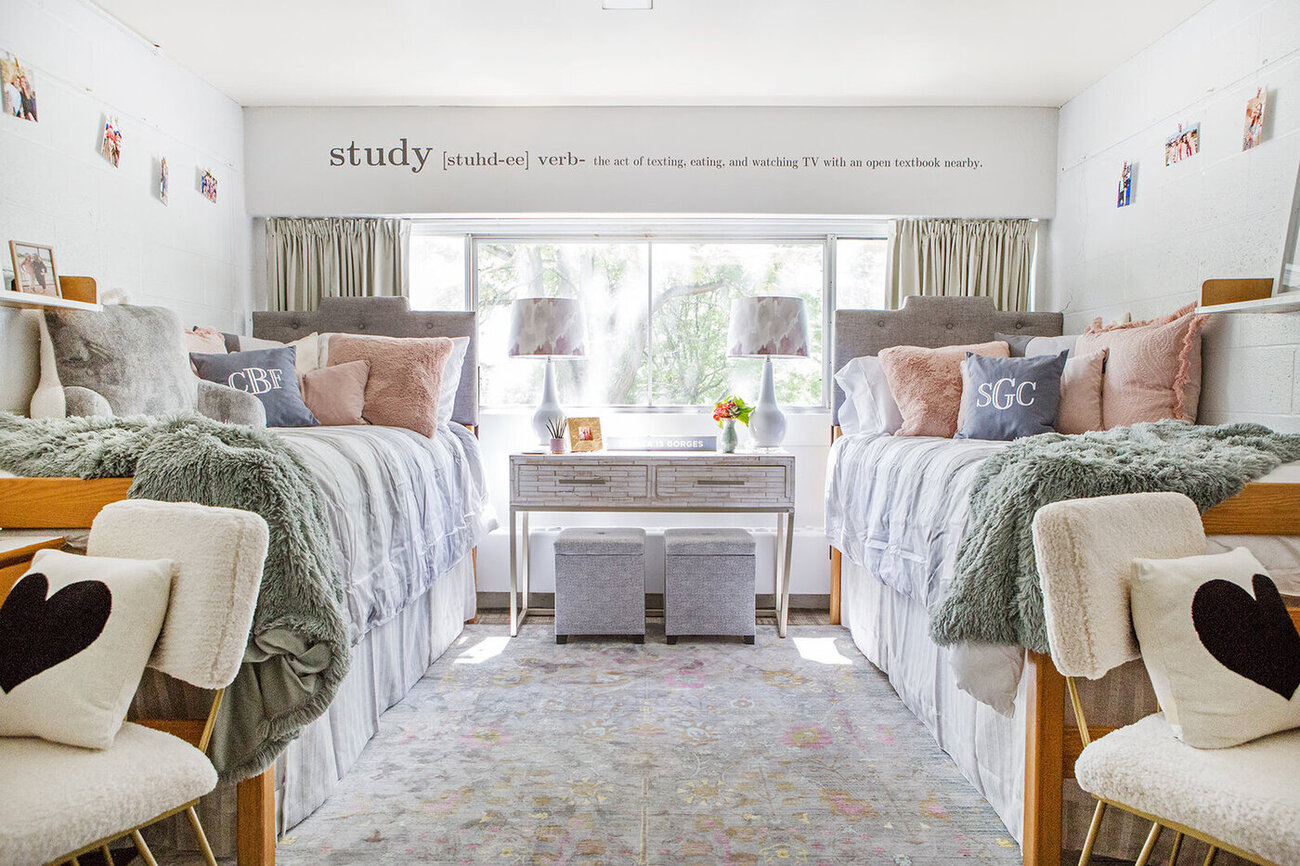

Interior Design
How To Split A Shared Dorm Room: 7 Pro Tips
Modified: October 28, 2024
Looking for interior design tips to split a shared dorm room? Check out these 7 pro tips to create stylish and functional spaces for roommates.
(Many of the links in this article redirect to a specific reviewed product. Your purchase of these products through affiliate links helps to generate commission for Storables.com, at no extra cost. Learn more)
Introduction
Welcome to the world of shared dorm rooms! Living in a dormitory can be an exciting and rewarding experience, but it can also present its fair share of challenges. One of the biggest challenges is learning how to split a shared dorm room effectively, ensuring that each roommate has their own personal space and privacy.
Splitting a shared dorm room requires careful planning and communication among the roommates. By setting clear ground rules, creating personal spaces, establishing quiet hours, dividing storage space, coordinating daily routines, utilizing privacy screens, and communicating openly and respectfully, you can create a harmonious living environment that caters to everyone’s needs. In this article, we will explore these seven pro tips to help you navigate the process of splitting a shared dorm room.
Whether you are a college freshman embarking on your first year or a seasoned student looking to improve your current living arrangements, these tips will provide you with practical strategies to make the most out of your shared dorm room experience. So, let’s dive in and discover how to create a space that is both functional and comfortable for everyone involved.
Key Takeaways:
- Create a harmonious dorm room by setting clear ground rules, establishing personal spaces, and fostering open communication. These strategies promote respect and cooperation among roommates, enhancing the shared living experience.
- Splitting a shared dorm room requires coordination, compromise, and understanding. By implementing practical tips such as dividing storage space, using privacy screens, and coordinating daily routines, roommates can create a comfortable and supportive living environment.
Tip 1: Set Clear Ground Rules
When it comes to successfully splitting a shared dorm room, setting clear ground rules is essential. By establishing expectations and boundaries from the start, you can avoid potential conflicts and ensure a harmonious living arrangement.
Start by having a conversation with your roommates about basic rules that everyone can agree on. This can include guidelines on cleanliness, noise levels, overnight guests, study hours, and personal belongings. It’s important to listen to each other’s concerns and find common ground.
One effective way to enforce these rules is by creating a roommate agreement document that outlines all the agreed-upon rules. This document can be displayed in a common area of the room as a reminder to everyone. It also serves as a reference point whenever conflicts arise or if there’s a need to review the rules.
Remember, the key to setting clear ground rules is open and honest communication. Encourage your roommates to express their needs and concerns and be willing to compromise. By establishing a foundation of respect and understanding, you can create an environment where everyone feels comfortable and respected.
Additionally, periodic check-ins can be helpful to address any concerns that may arise over time. This allows all roommates to voice their opinions and make adjustments if needed. Regular communication helps maintain a positive and cooperative living dynamic.
In summary, setting clear ground rules is crucial when splitting a shared dorm room. By having open and honest conversations, creating a roommate agreement, and periodically checking in with each other, you can establish a respectful and harmonious living environment.
Tip 2: Create Personal Spaces
Creating personal spaces within a shared dorm room is essential for privacy and individual comfort. While the entire room is shared, each roommate should have their own designated area where they can retreat and relax.
Start by dividing the room into sections or zones. This can be done using furniture arrangements, curtains, or even room dividers. Assign specific areas to each roommate, making sure there is enough space for personal belongings and study materials.
Invest in storage solutions that can help keep personal items organized and separate. Use storage bins, under-bed storage, or hanging organizers to maximize space and minimize clutter. This will not only create a sense of order but also ensure that each roommate’s belongings are easily accessible and identifiable.
Another key aspect of creating personal spaces is individualizing the area. Encourage roommates to bring in personal decorations, such as posters, photos, or small plants. These personalized touches will not only make the space feel more like home but also help distinguish each individual area.
Respecting each other’s personal spaces is equally important. Establish boundaries and make sure that roommates ask for permission before entering someone else’s designated area. This fosters a sense of privacy and ensures that everyone feels comfortable in their own space.
Ultimately, creating personal spaces within a shared dorm room allows each roommate to have their own retreat within the shared environment. It promotes individuality and self-expression while maintaining a sense of unity and respect among the roommates.
Tip 3: Establish Quiet Hours
Noise can be a major source of contention in shared dorm rooms. To maintain a peaceful and conducive environment for studying and rest, it’s important to establish quiet hours.
Start by discussing with your roommates what time periods are most critical for maintaining a quiet atmosphere. This could be during evening hours when studying or sleep is prioritized. Once you have agreed upon the designated quiet hours, communicate them clearly and ensure that everyone understands and respects the schedule.
During quiet hours, it’s important to be mindful of noise levels. Avoid playing loud music, having phone conversations on speakerphone, or engaging in activities that may disrupt others. If you need to have a conversation or make noise during quiet hours, consider using headphones or finding an alternative space outside of the dorm room.
It’s worth noting that establishing quiet hours doesn’t mean complete silence throughout the day. It simply means being considerate of others and being mindful of noise levels during designated quiet times. Outside of the designated quiet hours, roommates can engage in activities that may generate noise, as long as they do not disturb others.
Open and ongoing communication is crucial when it comes to enforcing quiet hours. If someone consistently violates the agreement, it’s important to address the issue respectfully and discuss potential solutions. This can include finding compromises or establishing additional guidelines to ensure that everyone’s need for a peaceful and quiet environment is met.
By establishing and respecting quiet hours, you create an environment that promotes focused studying, quality sleep, and overall well-being. It enhances the overall living experience in shared dorm rooms and fosters an environment conducive to academic success.
Tip 4: Divide Storage Space
When it comes to sharing a dorm room, storage space can quickly become a limited resource. To ensure fairness and organization, it’s important to divide the storage space effectively among roommates.
Start by assessing the available storage options in the room. This includes closets, shelves, under-bed storage, and any additional furniture with storage capacity. Evaluate the space and determine the most equitable way to divide it.
One approach is to assign specific areas or shelves to each roommate. This allows for individual organization and ensures that everyone has dedicated space for their belongings. Consider using labels or color-coding systems to clearly indicate which areas belong to whom.
If there are shared storage spaces, such as a communal closet or pantry, establish guidelines on how to allocate that space. This can include assigning shelves or sections on a rotational basis or dividing the space proportionally based on each roommate’s needs.
To maximize storage efficiency, encourage roommates to invest in space-saving storage solutions. This can include collapsible storage bins, under-bed storage containers, hanging organizers, or storage ottomans. These solutions help maximize the available space and keep the room tidy.
Regularly assess the storage arrangement to ensure its effectiveness. If adjustments need to be made, communicate openly with your roommates and find solutions that work for everyone. Flexibility and understanding are essential when it comes to shared storage spaces.
Effective division of storage space promotes organization, reduces clutter, and minimizes the chances of confusion or disputes among roommates. It also allows each individual to maintain their own sense of personal space within the shared dorm room.
Consider using a room divider or curtain to create separate spaces within the dorm room. This can provide a sense of privacy and personal space for each roommate.
Read more: How To Organize A Dorm Room
Tip 5: Coordinate Daily Routines
In a shared dorm room, coordinating daily routines with your roommates can significantly improve the overall living experience. By understanding each other’s schedules and needs, you can create a more harmonious and efficient living environment.
Start by having an open conversation with your roommates about your daily routines. Discuss your class schedules, study habits, extracurricular activities, and any other commitments that may affect your time in the room. This will give everyone a better understanding of each other’s needs and potential conflicts.
Once you have a sense of each other’s routines, find ways to coordinate and accommodate each other. For example, if one roommate prefers to study in the room during the day while others have classes, establish guidelines for noise levels and distractions. Consider using headphones or finding alternative study spaces if needed.
Similarly, if there are conflicting morning or evening routines, establish a rotation for showering or getting ready to prevent long wait times. This ensures that everyone can adhere to their schedules without feeling rushed or inconvenienced.
Being considerate of each other’s sleep routines is also crucial. If one roommate needs to wake up early, discuss strategies to minimize noise and disruptions in the morning. This may include using alarm clocks with vibration settings, using headphones for music or videos, or simply being mindful of noise levels when coming and going from the room.
Communication is key when coordinating daily routines. If conflicts or changes in schedules arise, be open and flexible in finding solutions that work for everyone. Regularly check in with your roommates to ensure that the current arrangements are still working and address any concerns or adjustments that may be needed.
By coordinating daily routines and being considerate of each other’s needs, you can create a living environment that promotes efficiency and respect. This not only enhances your individual experience but also fosters a positive and cooperative atmosphere among roommates.
Tip 6: Use Privacy Screens
Privacy screens can be incredibly useful in a shared dorm room, providing much-needed privacy and personal space for each roommate. These portable screens create a physical barrier that allows individuals to have a sense of privacy within the shared living space.
Privacy screens come in various styles and sizes, making it easy to find one that suits your preferences and needs. They can be freestanding, foldable, or even attachable to existing furniture. Choose a privacy screen that fits the dimensions of your room and aligns with your desired level of privacy.
Using privacy screens is particularly beneficial for times when roommates need some alone time or want to focus on their own tasks without distractions. It can be especially helpful during study sessions or when one roommate wants to relax or engage in personal activities.
Privacy screens can also be customized and decorated according to individual tastes. Consider adding photos, artwork, or quotes to personalize your screen and make it feel more like an extension of your personal space.
When using privacy screens, it’s important to be considerate of the overall room layout and ensure that they do not obstruct shared areas or cause inconvenience to other roommates. Find a balance between personal space and maintaining a functional and accessible living environment.
Communication is key when using privacy screens. Discuss with your roommates how and when you plan to use them, and be open to accommodating each other’s needs. Establish guidelines on when it is appropriate to have the screens up and when they should be taken down to promote social interaction and inclusivity within the room.
Overall, using privacy screens can be a valuable solution for creating personal space and privacy in a shared dorm room. They offer a sense of individuality and solitude while maintaining the essence of communal living. Consider incorporating privacy screens into your dorm room setup to enhance your living experience.
Tip 7: Communicate Openly and Respectfully
Open and respectful communication is the foundation of a successful shared dorm room experience. It is essential for maintaining a harmonious living environment and resolving conflicts effectively.
Encourage open lines of communication among your roommates from the very beginning. This includes creating a safe space where everyone feels comfortable expressing their thoughts, concerns, and needs. Foster an atmosphere of mutual respect and active listening.
Regularly check in with your roommates to gauge how everyone is feeling and address any issues that may arise. This can be done through informal conversations, scheduled roommate meetings, or even utilizing a shared communication platform or whiteboard for important announcements or updates.
When discussing concerns or conflicts, approach the conversation with a mindset of finding a resolution rather than assigning blame. Use “I” statements to express your feelings and avoid attacking or criticizing others. Be open to hearing different perspectives and finding compromises that work for everyone involved.
Respect each other’s boundaries and personal space. If there’s a need to borrow items or enter someone’s designated area, always ask for permission beforehand. Be mindful of your actions and how they may impact your roommates.
Consider establishing a roommate agreement that outlines expectations, rules, and protocols for communication and conflict resolution. This serves as a reference point whenever disputes arise and prevents misunderstandings.
In addition to verbal communication, non-verbal cues are also important. Pay attention to body language and other signals to gauge how your roommates may be feeling. Be receptive to their needs even when they haven’t explicitly spoken up.
Lastly, remember to celebrate and appreciate the positive aspects of living together. Recognize and acknowledge each other’s contributions, whether it’s keeping the room clean, being supportive during stressful times, or simply being a good roommate.
By fostering open and respectful communication, you cultivate an environment of trust, understanding, and cooperation in your shared dorm room. It lays the groundwork for a successful and enjoyable living experience for everyone involved.
Conclusion
Splitting a shared dorm room may present its challenges, but with the right strategies, it can also be a rewarding and enjoyable experience. By implementing the seven pro tips discussed in this article, you can create a harmonious and comfortable living environment for everyone involved.
Setting clear ground rules from the beginning ensures that everyone understands expectations and fosters mutual respect. Creating personal spaces allows each roommate to have their own retreat within the shared room. Establishing quiet hours promotes a peaceful atmosphere conducive to studying and rest.
Dividing storage space ensures fairness and organization, while coordinating daily routines allows for efficient use of shared resources. Utilizing privacy screens provides privacy and personal space, and communicating openly and respectfully cultivates a positive and cooperative atmosphere.
Remember, effective communication is critical throughout the entire process. Regular check-ins, open dialogue, and active listening help address concerns and resolve conflicts in a respectful manner. By fostering a culture of communication, you can build strong relationships with your roommates and create a supportive living environment.
Ultimately, splitting a shared dorm room requires compromise, understanding, and empathy. It’s about finding a balance between individual needs and the collective well-being of the roommates. By implementing these tips and maintaining open lines of communication, you can navigate the challenges of shared living and create a space that feels like home during your time in the dormitory.
So, embrace the opportunity to create a harmonious and comfortable living arrangement with your roommates. Apply these tips and make the most of your shared dorm room experience. Cheers to a successful and memorable time living together!
Frequently Asked Questions about How To Split A Shared Dorm Room: 7 Pro Tips
Was this page helpful?
At Storables.com, we guarantee accurate and reliable information. Our content, validated by Expert Board Contributors, is crafted following stringent Editorial Policies. We're committed to providing you with well-researched, expert-backed insights for all your informational needs.
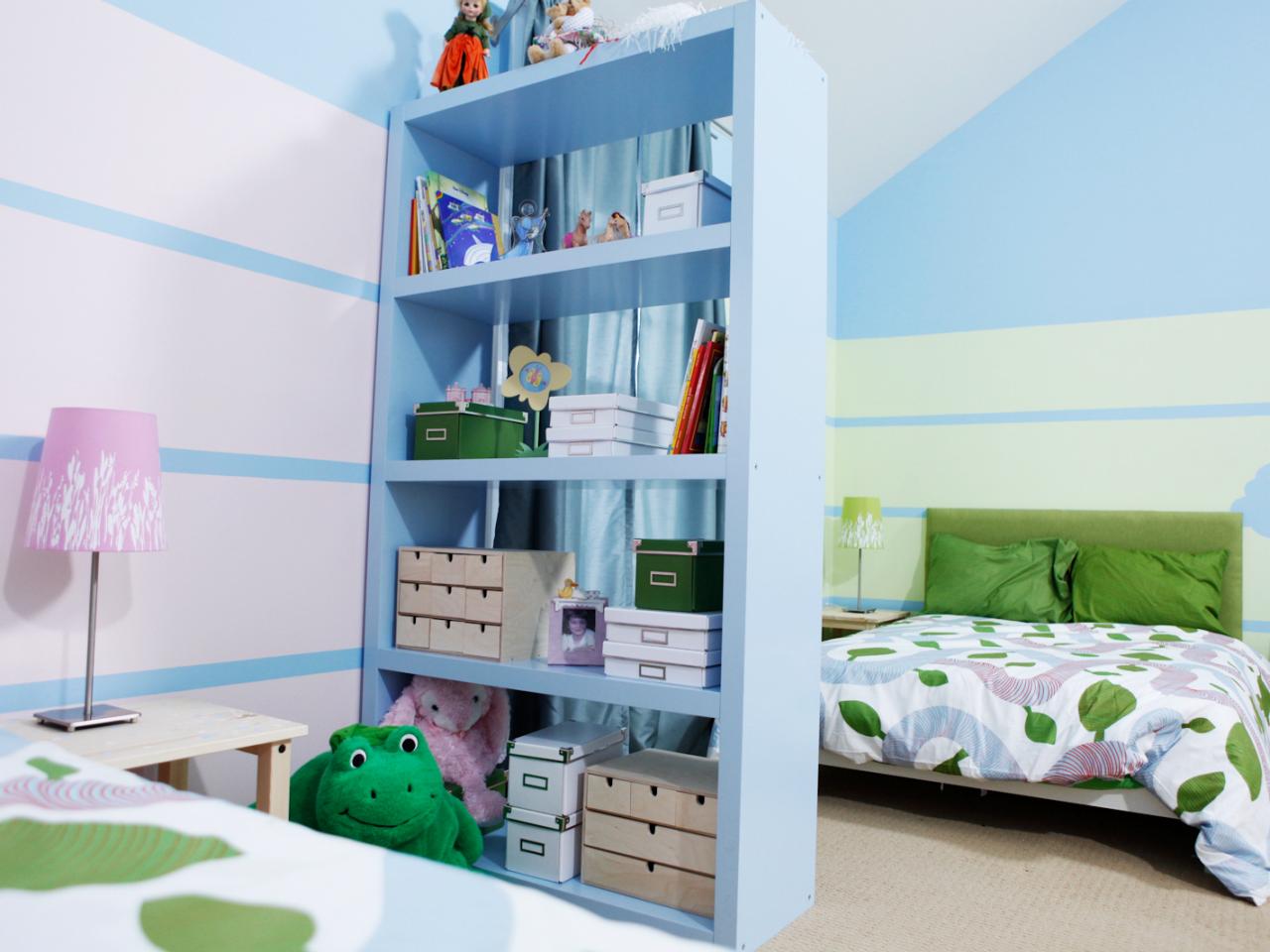
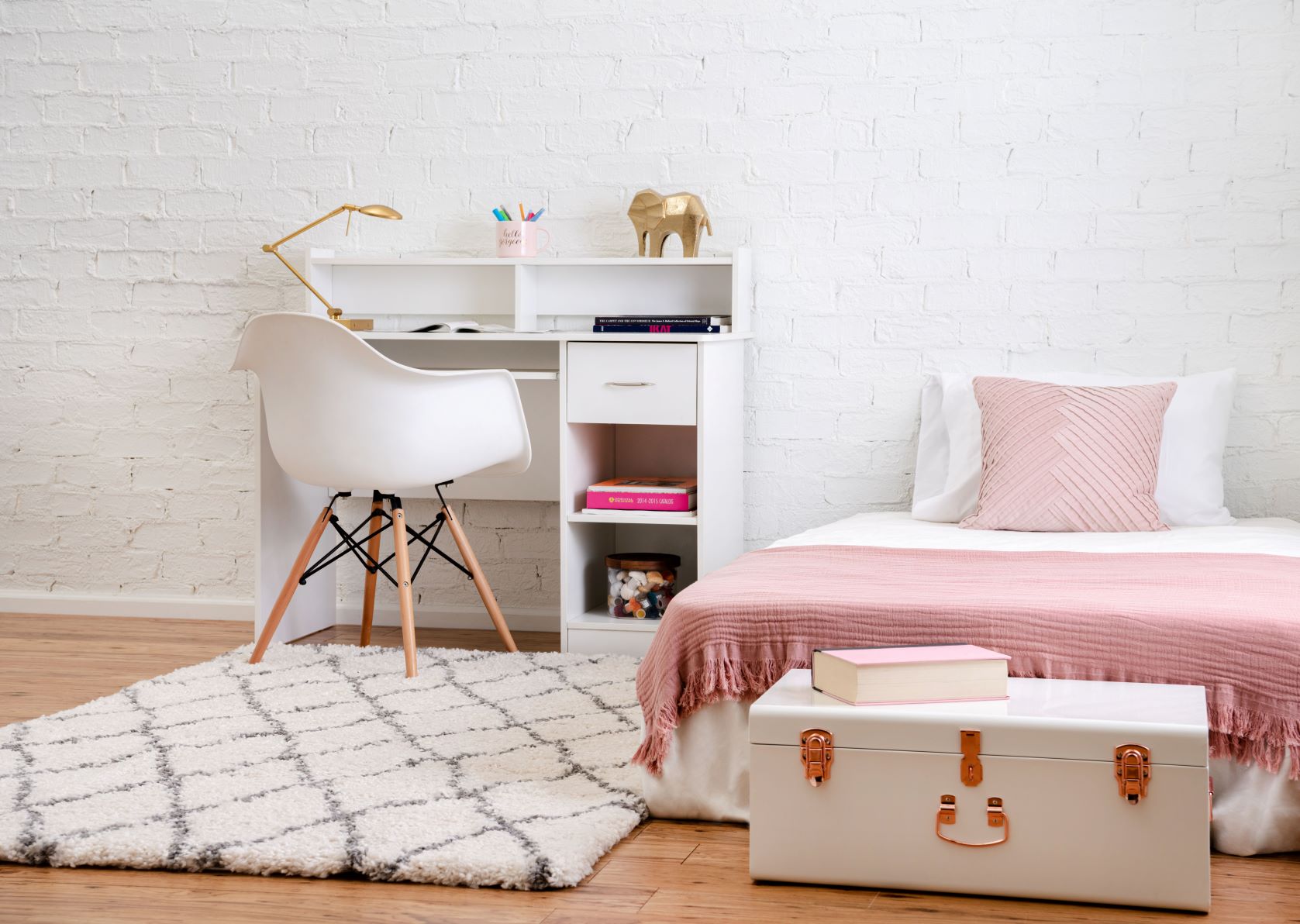
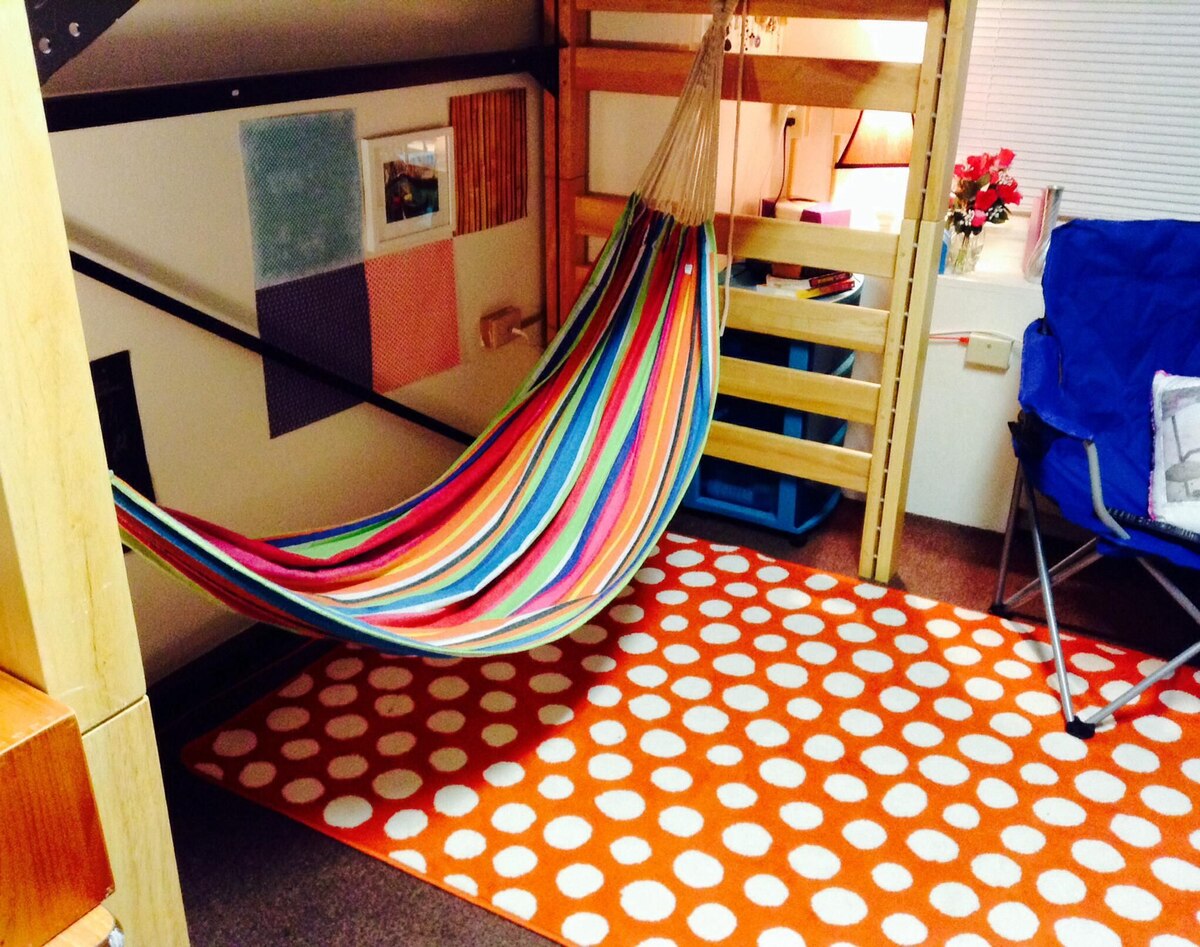


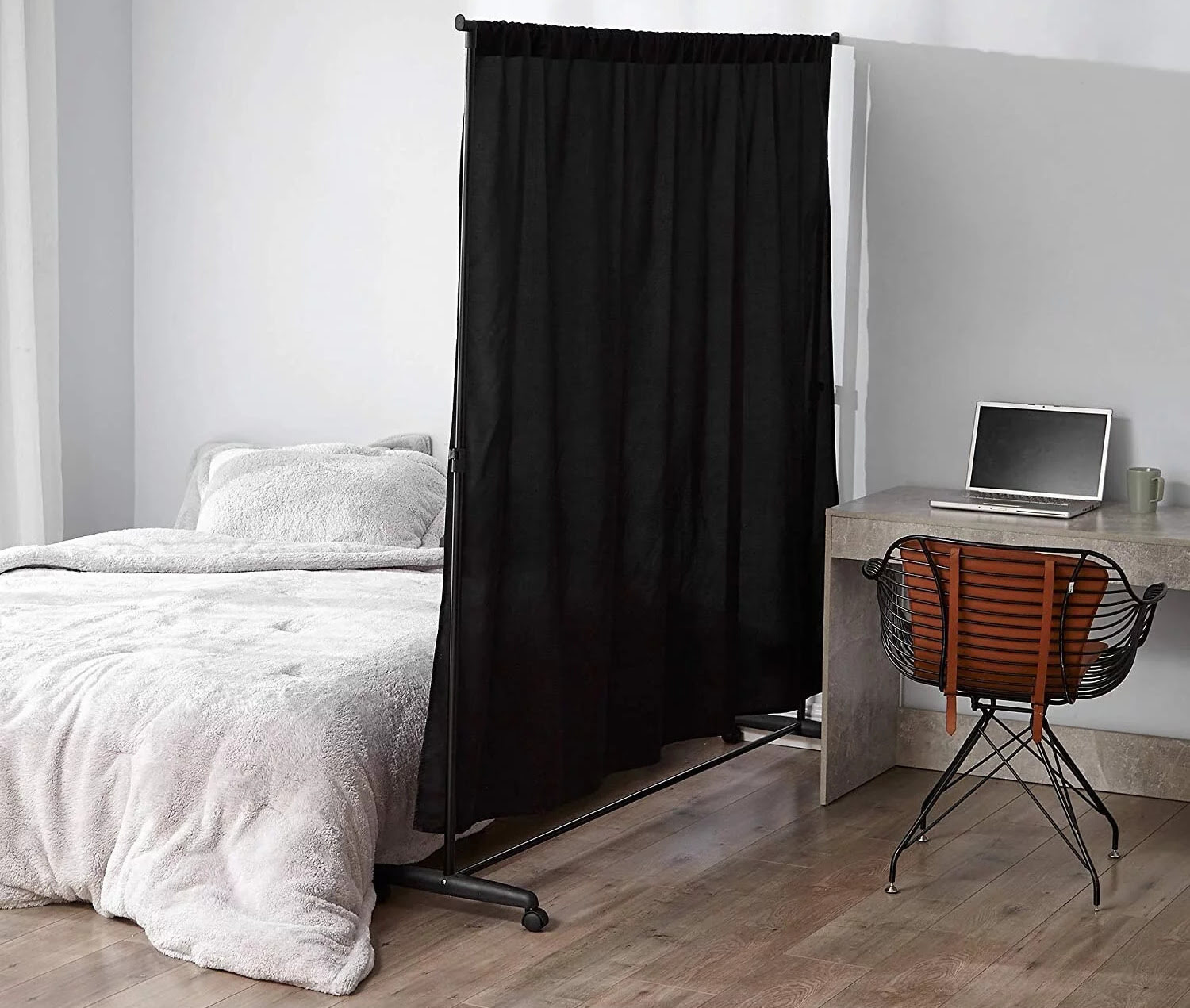

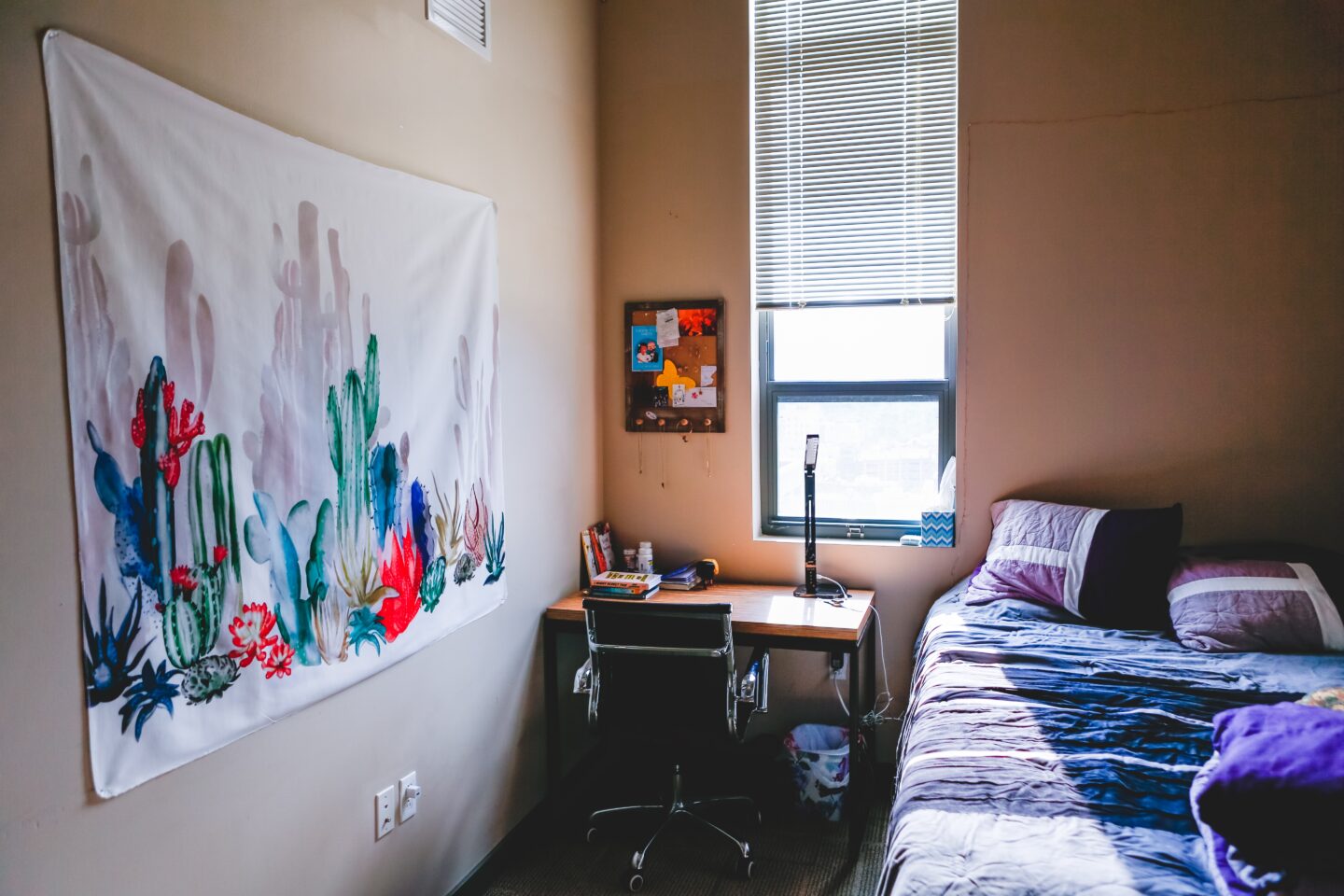


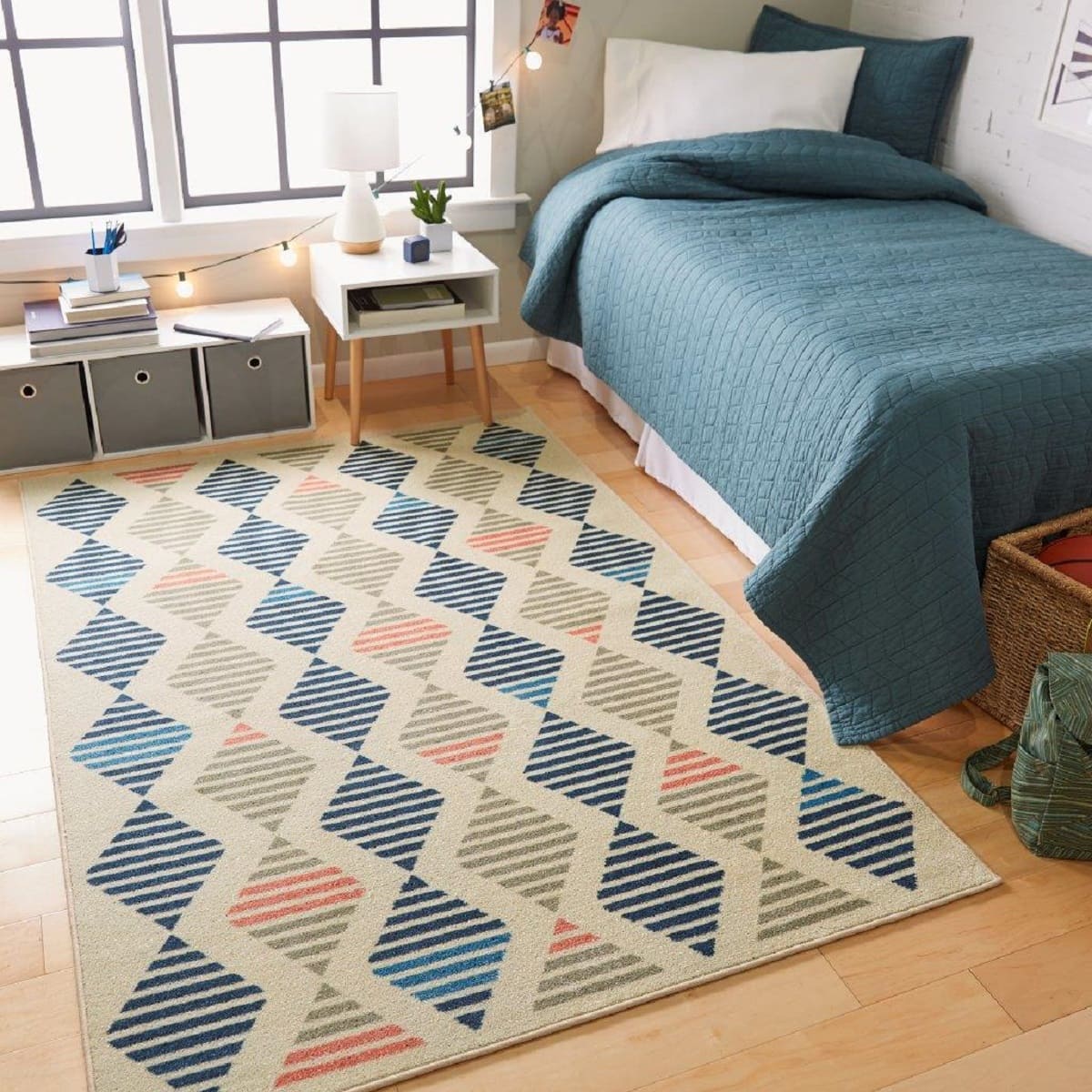




0 thoughts on “How To Split A Shared Dorm Room: 7 Pro Tips”